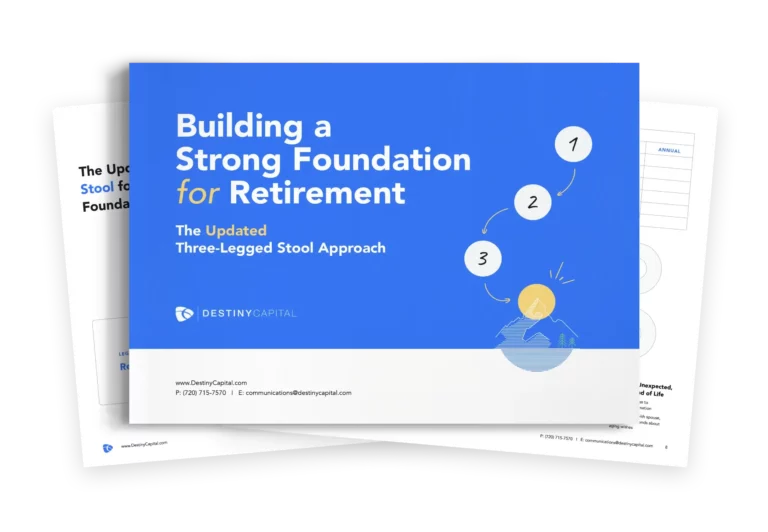Developing an Investment Policy
Pain Point: Investments aren’t coordinated and are scattered around too many places
Our Solution: Building a comprehensive investment strategy tailored to your goals and organizing all your resources
Unifying the Johnsons’ Retirement Resources with an Investment Policy
The Story
One of the top pain points we see with clients joining us for the first time is that they feel their investments aren’t working together toward their goals.
Mr. and Mrs. Johnson joined us with an investment mix that included multiple employer plans (401(k) and 457 plans) and restricted stock units (RSUs). They each had several plans left with their former employers as well as plans with their current employers.
The Johnsons also had a self-managed brokerage account in a mix of about 12 individual stocks, each had a cash value life insurance policy, and they owned a second home that they rented through Airbnb and used themselves. Overall, this represented about $3M of assets. Being in their late 50s, they were looking toward retirement in the next several years. As we started our work together, we began with their financial priorities, which included Mrs. Johnson retiring in the next three years while Mr. Johnson transitioned from full-time work to consulting in five years.
The couple wanted to be able to fund extended family trips with their two kids and spouses who were in their mid-20s, and to be able to make that an annual event even after grandkids entered the picture.
They also wanted to be able to renovate their kitchen and backyard before they retired and to increase their Airbnb house from a two-bedroom to a four-bedroom once grandkids showed up so they could all use it together.
To be able to meet all of these priorities, we needed to align the assets to not just grow but also to be liquid and available at the various points they would need them. We mapped the required lump-sum amounts needed to specific future dates for things like selling the two-bedroom second home and purchasing a four-bedroom in the same area and the primary home improvements.
We then mapped the Johnsons’ cashflow needs for baseline living expenses, travel, and taxes each year for the rest of their lives. We used these models to make recommendations on consolidation of existing accounts, investment allocations, and targets by account, and tax strategies as assets are drawn down and spent over time.
The goal of this process is never to say definitively that this is how the future will happen because we truly do not know. Instead, we are working with the Johnsons to map out a most likely scenario and make decisions in that moment that best set them up for success.
In this case, we were able to develop a comprehensive Investment Policy Statement (IPS) that identifies which accounts are used for ongoing saving, what the investment parameters are for each account, cash reserve targets for each account, and what the tax strategy is both overall and for each account. The clients ended up continuing to save into their current employer plans, the RSUs had a specific disposition strategy to keep from accumulating more company stock than they wanted to hold at any given time, the old 401k()s, the 457, and the brokerage accounts were consolidated at one custodian with management provided by Destiny Capital. All accounts were coordinated under one unified IPS and actively monitored and managed.
Investment planning is a process that is designed to implement the unique financial strategy for your family, not a standalone or one-time event. When done correctly, it ensures that your resources are coordinated and focused solely on helping you live your remarkable life.
OTHER CASE STUDIES
What’s your story?
Let’s get to know each other and talk through some pain points and see if our solutions are a good fit.

